How did Mars, once thought of as Earth, turn into a barren planet?
- June 7, 2022
- 0
Of the planets in our solar system, the most interesting and Earth-like planet Hymn† While it’s a barren planet now ravaged by dust storms, we know that wasn’t
Of the planets in our solar system, the most interesting and Earth-like planet Hymn† While it’s a barren planet now ravaged by dust storms, we know that wasn’t
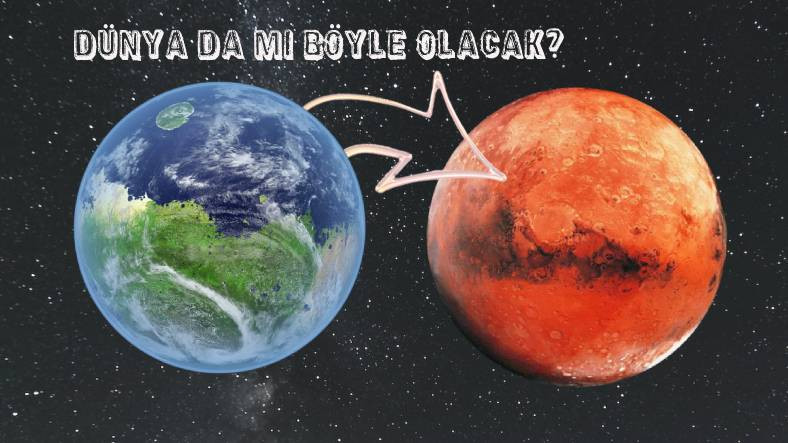
Of the planets in our solar system, the most interesting and Earth-like planet Hymn† While it’s a barren planet now ravaged by dust storms, we know that wasn’t always the case.
Mars was formed about 4.6 billion years ago and is said to have had lakes and rivers in the past. What gives us this information is the dried lakes and riverbeds on the planet’s surface, the sedimentary rocks and the sub-ice water bodies that NASA has discovered in recent years. All this information, Mars’ past a fertile and habitable planet indicates that it may have happened.

This dramatic change on Mars took place 3.5 billion years ago is calculated. In other words, the Red Planet had turned into a barren and barren planet a billion years after its formation. However, the main question posed by the change could not be given a clear answer; Why did Mars suddenly become uninhabitable from a habitable planet?
Scientists have been looking for an answer to this question for years. Scientists, who have obtained some results by examining the data from Mars missions, have so far: Although they don’t give a clear answer Some options are presented.
According to one of these options, the climate that formed the waters on the surface of Mars was initially warm and rainy. This warm climate promoted the necessary precipitation cycle, and with it the waters on the planet. But then the climate on the planet cooled and the rains stopped. as it looks now water sources dried up and Mars became an increasingly barren planet.
The main point of this option is ‘why did the planet get cold?’ on demand so far carbon dioxide was shown. Due to the low amount of carbon dioxide in the planet’s atmosphere, the planet’s heat could not be retained in the atmosphere with global warming, causing the planet to cool and dry up.
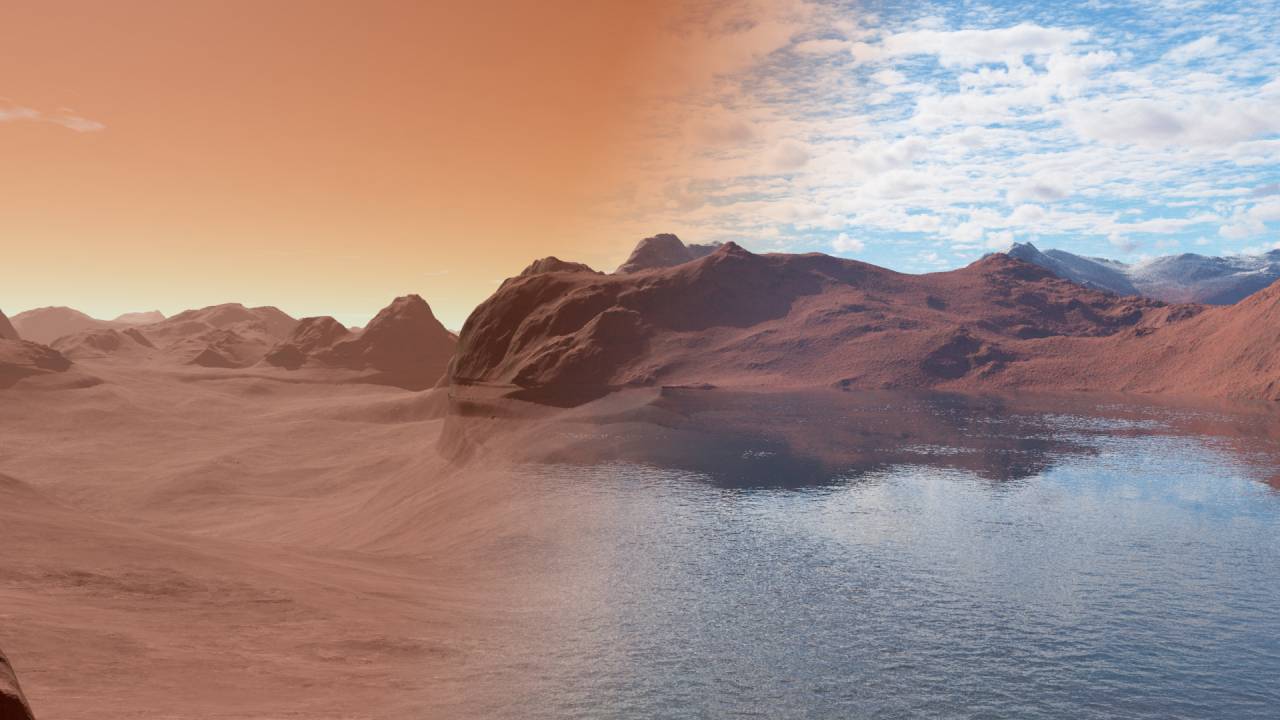
A new study conducted by a group of scientists and published recently revealed that carbon dioxide is not the “moving force” in question. The team, which made many simulations for the climate on Mars and observed the effects by changing the amount of carbon dioxide, saw that the change in the amount of carbon dioxide did not change the result.
In other words, one of the most common ideas about what happened to the water on Mars was weakened. The research team is currently determining what the variable in question is, They didn’t know exactly what was drying Mars. they express. But they hope some data from NASA’s ongoing missions to Mars will answer these questions.
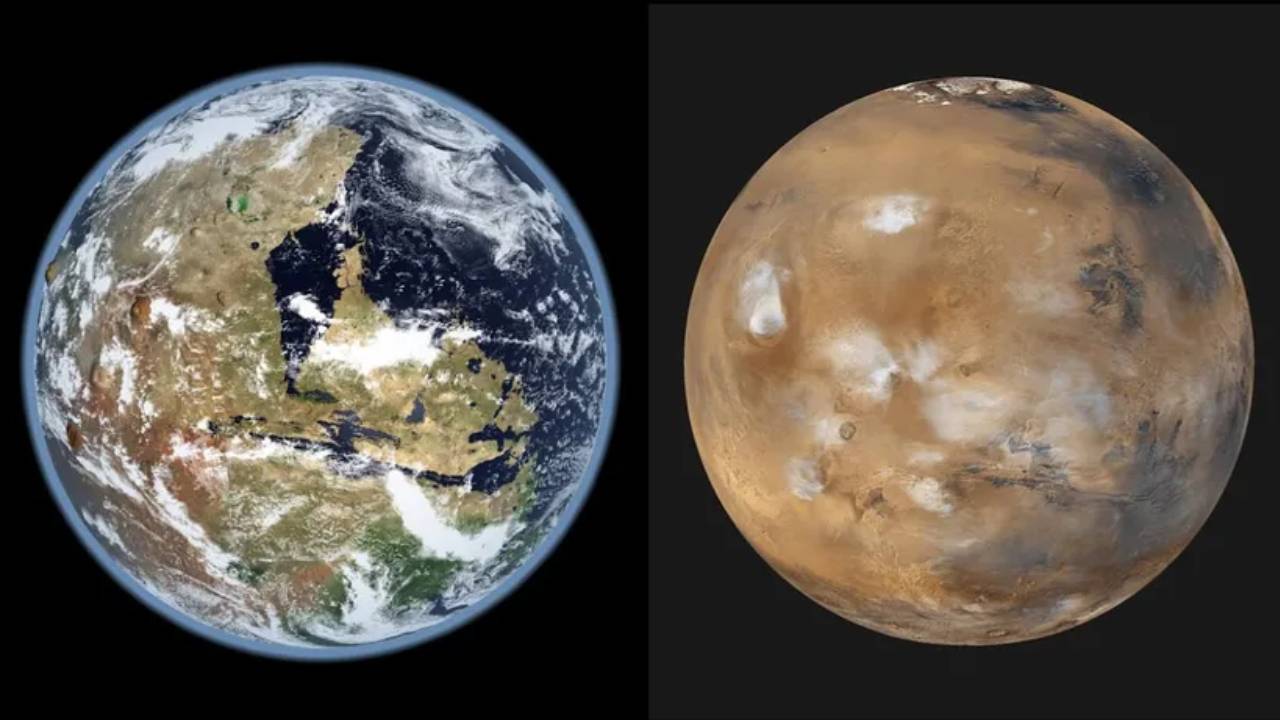
‘As humanity’transforming from a habitable planet to an uninhabitable oneThe only planet we know of is Mars. This allows many different scientists to seek answers to questions about Mars. So many scenarios arise.
Another notable answer to what’s happening to the water on Mars is: From a Caltech research team It came last year. This study pointed out that it would not be possible for all the water on Mars to “escape” from the atmosphere and gradually dry out, as there are even “ocean”-like formations on the planet, whose depths vary. between 100 and 1500 meters. Their alternative answer is that the water on Mars is actually… it’s still on the planet nasty.
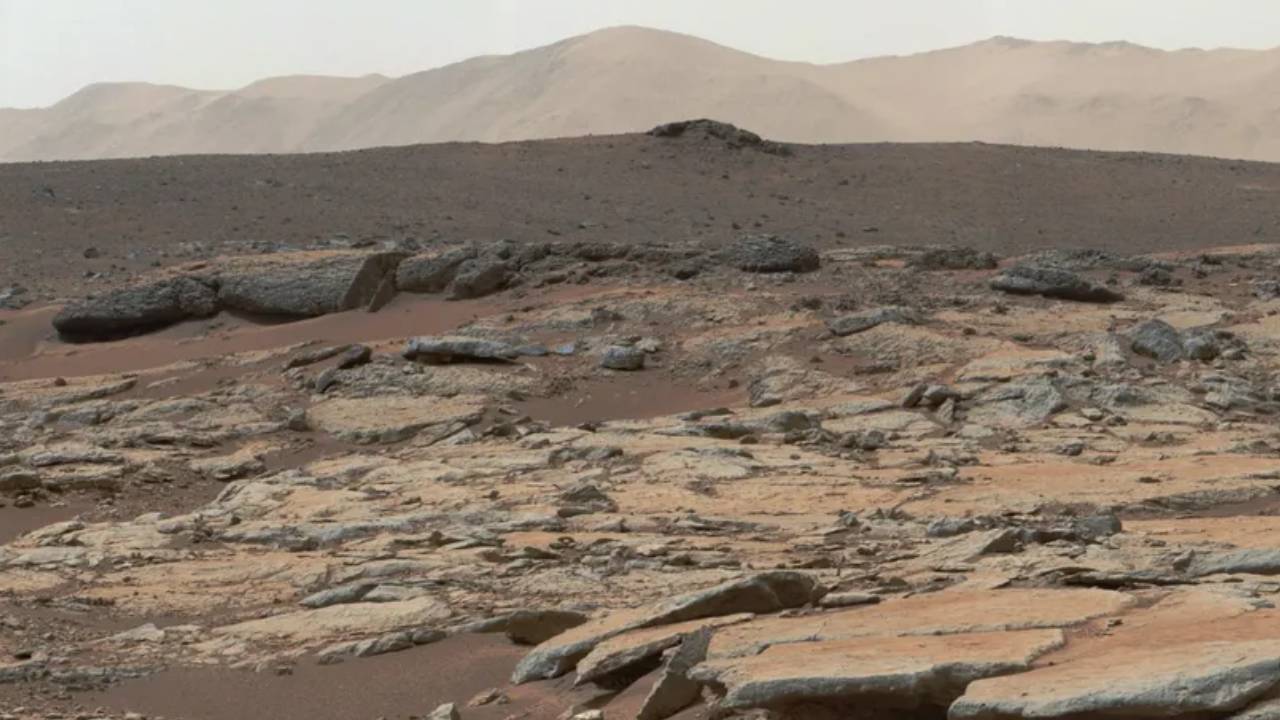
The aforementioned research Doesn’t deny that water on Mars also decreases due to the atmosphere however, it focuses on new data, assuming it alone won’t be enough. Accordingly, the water on the surface of Mars clings to the minerals on the planet and dries up.
The water that interacts with the rocks and the chemical weathering that occurs forms hydrous clay and other minerals. A similar process is taking place on Earth. But since the Earth is tectonically active, recycles water and other molecules in the atmosphere through volcanic activities† With this, Although there are some earthquakes and volcanic movements, Mars is not tectonically active like Earth. and therefore this once-occurring situation leads to permanent drought because the water no longer returns to the surface.
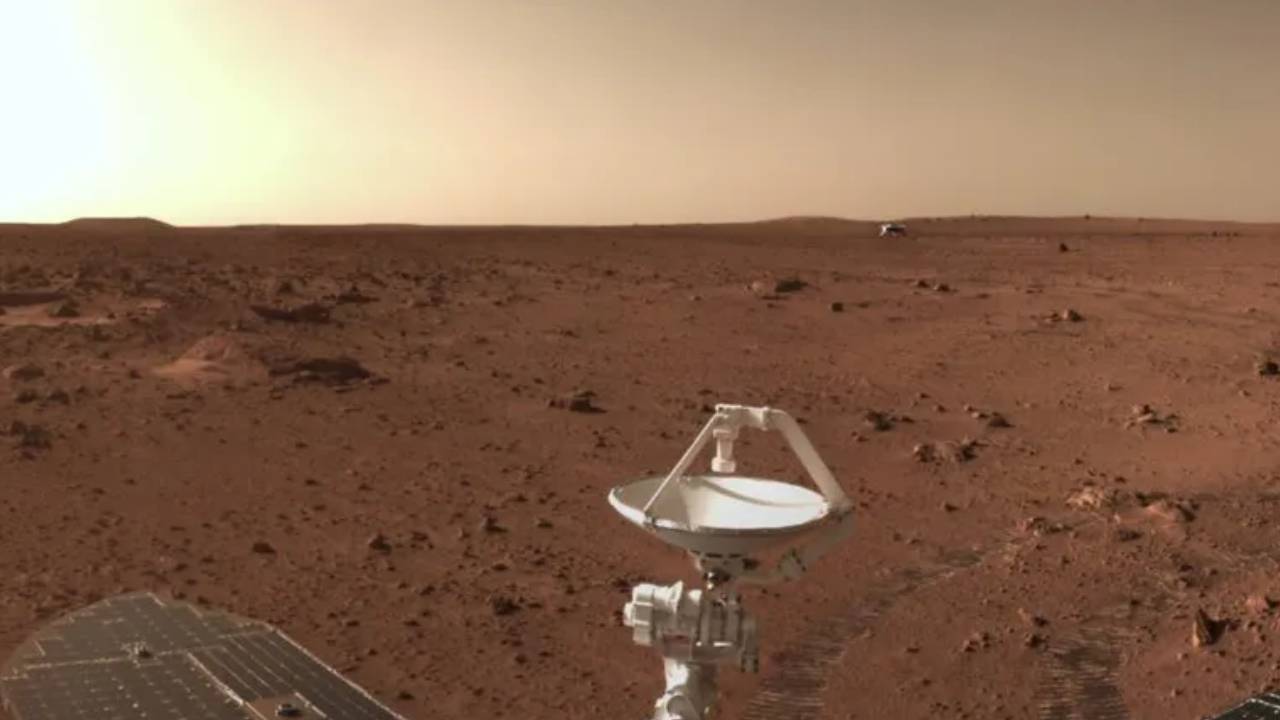
Ongoing missions to Mars and planned for the future are seeking answers to this question and many more that have yet to be definitively answered. Mainly tasks that will take place in the coming years.It is thought that this could explain what has happened to this planet, which is very similar to Earth.
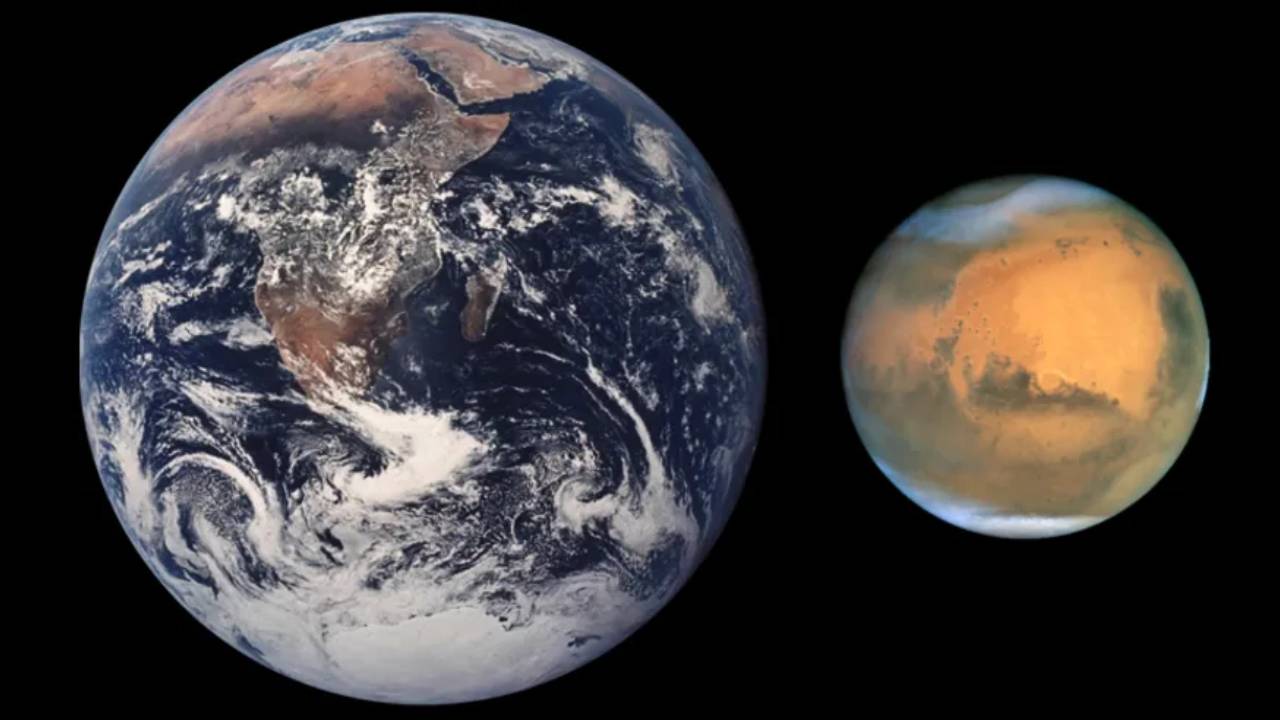
As you know, one of the biggest questions mankind is looking for answers to is whether we are alone in the universe. Earth is the only planet where we know conditions were generous enough to harbor life. Scientists have also determined how likely it is that a planet is habitable and What are the in-universe scenarios that prevent this? they consider Mars, the closest example, to better understand.
Also, as you know The world is a planet that is losing its water resources by the day and is headed for a dry future.† Therefore, a better understanding of what Mars has experienced in the past can help us better understand the drought and “death” scenarios in Earth’s future. Similar ‘Will our planet look like this in the future?‘, we can more easily answer questions like…
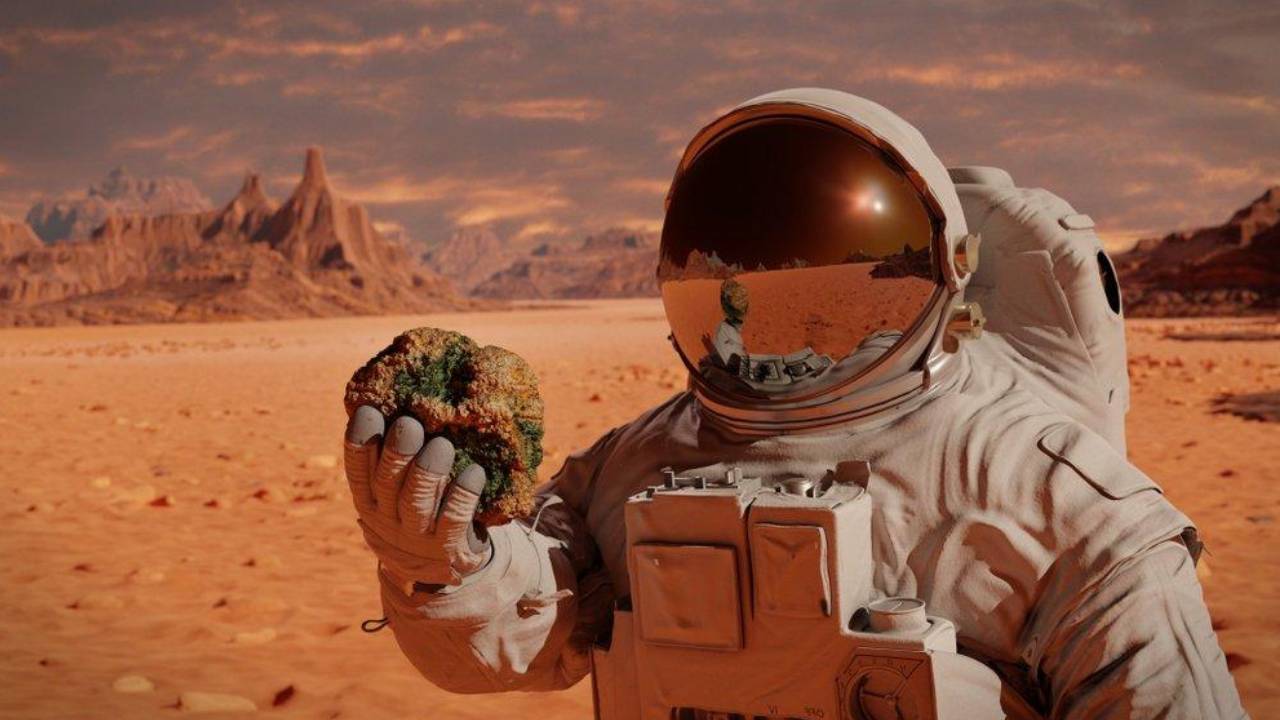
The first name that comes to mind when we say Mars Elon Musk, is not only concerned with building rockets that will take us to the Red Planet. Musk also thinks that Mars can become a habitable planet again and offers solutions by making interesting statements from time to time.
The first of these, and the one that has an earthquake effect around the world, is the one he proposed a few years ago. ‘Let’s drop an atomic bomb on Mars’ it was a suggestion. Musk called this ‘crazy suggestion’For now, we know one slow and one fast method to make a planet habitable. In the slow method, we expect that these gases will thicken the atmosphere of Mars and warm the planet with global warming by gradually and gradually increasing the rate of greenhouse gases on the planet. In the second and fastest method, we send several atomic bombs to the poles of the planet, which you can certainly carry with our “SpaceX Falcon 9 Heavy” rocket. explained as.
However, after a few years of this proposal, Musk gave up on the idea and made another proposal to heat the surface of Mars and create a greenhouse effect: Using solar reflectors To collect the sun’s rays at one point on the planet and create the required atmosphere by dissolving the carbon dioxide gas bound in the soil.
Of course, each of these statements from Musk We don’t even know if it’s going to work† However, we know that crazy ideas lead to great developments, even if they don’t work right away. Perhaps such “crazy” ideas will make Mars a habitable planet again in the future, who knows.
Source: Web Tekno
Alice Smith is a seasoned journalist and writer for Div Bracket. She has a keen sense of what’s important and is always on top of the latest trends. Alice provides in-depth coverage of the most talked-about news stories, delivering insightful and thought-provoking articles that keep her readers informed and engaged.